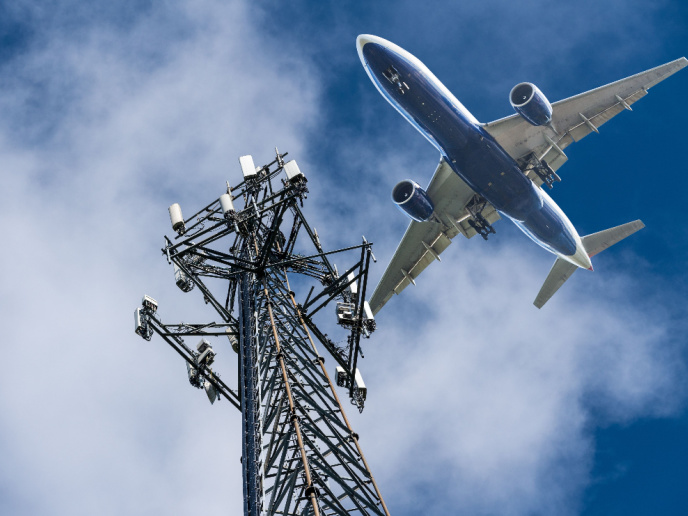New AI software defends aeronautical systems against cyberattack
Like any digital network, aeronautical communications systems are susceptible to temporary or permanent disruptions. These can be caused by local conditions, like a high number of aircraft trying to send or receive data with ground operators, or a lack of coverage between aircraft and ground centres. These systems are also vulnerable to cyberattacks, a growing concern within the aeronautical industry. “In the most extreme case, it takes six minutes for a disruption to be confirmed, a period during which controllers’ orders cannot be executed by pilots,” explains Kanaan Abdo(opens in new window), chief technical officer at ALTYS Technologies in France. Any disruption experienced by one aircraft has indirect implications for other aircraft in the vicinity, as airspace capacity is degraded and planes may be delayed or rerouted. “Any anticipation or prediction of these outages helps to reduce their impact on overall traffic,” says Abdo. The project SINAPSE(opens in new window) (Software defined networking architecture augmented with Artificial Intelligence to improve aeronautical communications performance, security and efficiency), funded within the framework of the SESAR Joint Undertaking(opens in new window) to modernise Europe’s air traffic management system, is creating a new software that uses artificial intelligence (AI) to predict such outages. “SINAPSE is accelerating the transformation towards intelligent aircraft connectivity by researching the implementation and adoption of new technologies,” Abdo remarks.
A new network architecture fit for the 21st century
The SINAPSE software is based on software-defined networking (SDN), a dynamic and efficient network infrastructure. SDN is a distributed software architecture that allows for increased configuration over the network, with everything monitored by a central controller layer. In traditional systems, this controller-like concept relies on humans, but SINAPSE introduced AI as the controller, to more efficiently manage the system. The AI automatically checks for faults in the networks, and using predictive information can proactively adjust the system and perform maintenance. SINAPSE uses an algorithm based on machine learning to analyse the network traffic for signatures known to match cyberattacks. The network’s architecture means that only the AI’s models are shared among users, without the need for underlying data to be shared, further enhancing security. “This type of solution will be a crucial building block for a secured future aeronautical communication infrastructure,” notes Abdo.
Predicting communication breakdown in aviation
SINAPSE uses real-time operational data and network monitoring to predict communication failures. During the project, the SINAPSE team assessed the technology with Controller Pilot Data Link Communications(opens in new window) (CPDLC) data, captured in real time from the operational Aeronautical Telecommunication Network(opens in new window) (ATN), a global exchange for air communications. A targeted use case demonstrated that SINAPSE could continuously predict and forecast disruption events 10 minutes before they happened. “This information could be very useful, and could eventually prevent communication loss events in different ways,” he adds. The SINAPSE project was formed by a pan-European consortium from ALTYS(opens in new window), ENAIRE(opens in new window), Frequentis(opens in new window) and the University of Bradford(opens in new window). The team aims to foster adoption of the new system and its concepts among ATN users. Abdo hopes this will lead to a collaborative initiative in which operational data is shared widely (while respecting data privacy) to train AI models for the benefit of the whole ATN community.







